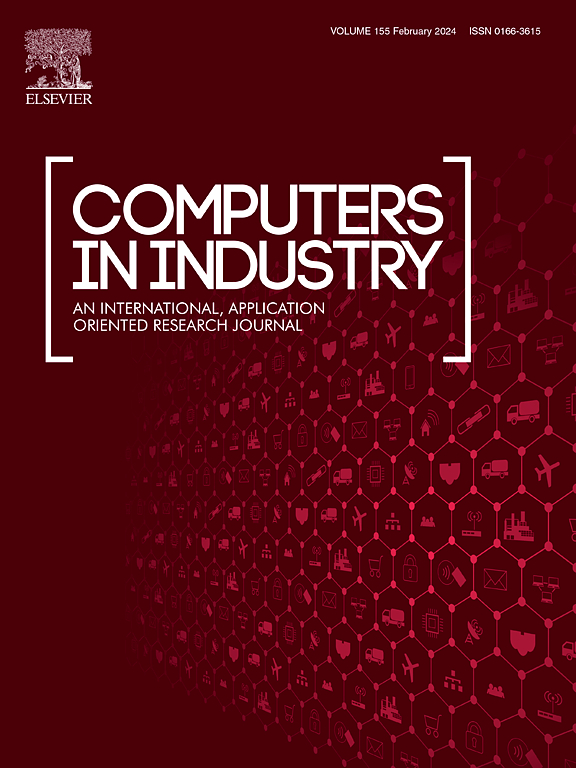A lightweight metal surface defect detection network with hierarchical multi-branch feature extraction and group decision attention
IF 9.1
1区 计算机科学
Q1 COMPUTER SCIENCE, INTERDISCIPLINARY APPLICATIONS
引用次数: 0
Abstract
Metal materials are widely used in aerospace, bridge construction, and other critical applications. Surface defects such as cracks and scratches can severely undermine structural integrity and material performance, making defect detection on metal surfaces an essential industrial task. Unlike general object detection, metal surface defect detection faces unique challenges including significant scale diversity, pronounced feature ambiguity, severe data imbalance, and stringent computational resource constraints in industrial environments. To address these challenges, this study introduces LHMB-Net, a novel detection algorithm built around four key components including a hierarchical multi-branch feature extraction (HMBFE) module, a partial group decision attention (PGDA) mechanism, an HMB-head detection head, and a BoundaryIoU loss function. The lightweight hierarchical multi-scale architecture of the HMBFE module captures defect features across scales, mitigating scale diversity and feature ambiguity. The PGDA mechanism applies adaptive weighting and group decision strategies to emphasize critical features and substantially alleviate the impact of data imbalance. The HMB-Head replaces conventional convolutional structures with the HMB module to reduce model complexity while enhancing feature representation. Finally, the BoundaryIoU loss introduces boundary point distance constraints for precise localization across scales. Experimental results demonstrate that LHMB-Net outperforms current state-of-the-art methods in both detection accuracy and computational efficiency, highlighting its strong potential for practical industrial deployment.
基于分层多分支特征提取和群体决策关注的轻量化金属表面缺陷检测网络
金属材料广泛应用于航空航天、桥梁建设和其他关键应用领域。裂纹和划痕等表面缺陷会严重破坏结构完整性和材料性能,使得金属表面缺陷检测成为一项重要的工业任务。与一般的物体检测不同,金属表面缺陷检测面临着独特的挑战,包括工业环境中显著的尺度多样性、明显的特征模糊性、严重的数据不平衡以及严格的计算资源限制。为了解决这些挑战,本研究引入了LHMB-Net,这是一种围绕四个关键组件构建的新型检测算法,包括分层多分支特征提取(HMBFE)模块、部分群体决策注意(PGDA)机制、HMB-head检测头和BoundaryIoU损失函数。HMBFE模块的轻量级分层多尺度体系结构捕获了跨尺度的缺陷特征,减轻了尺度多样性和特征模糊性。PGDA机制采用自适应加权和群体决策策略,突出关键特征,大大减轻数据不平衡的影响。HMB- head用HMB模块取代了传统的卷积结构,降低了模型的复杂度,同时增强了特征表示。最后,borderyiou损失引入边界点距离约束,用于跨尺度精确定位。实验结果表明,LHMB-Net在检测精度和计算效率方面都优于当前最先进的方法,突出了其在实际工业部署中的强大潜力。
本文章由计算机程序翻译,如有差异,请以英文原文为准。
求助全文
约1分钟内获得全文
求助全文
来源期刊

Computers in Industry
工程技术-计算机:跨学科应用
CiteScore
18.90
自引率
8.00%
发文量
152
审稿时长
22 days
期刊介绍:
The objective of Computers in Industry is to present original, high-quality, application-oriented research papers that:
• Illuminate emerging trends and possibilities in the utilization of Information and Communication Technology in industry;
• Establish connections or integrations across various technology domains within the expansive realm of computer applications for industry;
• Foster connections or integrations across diverse application areas of ICT in industry.
 求助内容:
求助内容: 应助结果提醒方式:
应助结果提醒方式:


